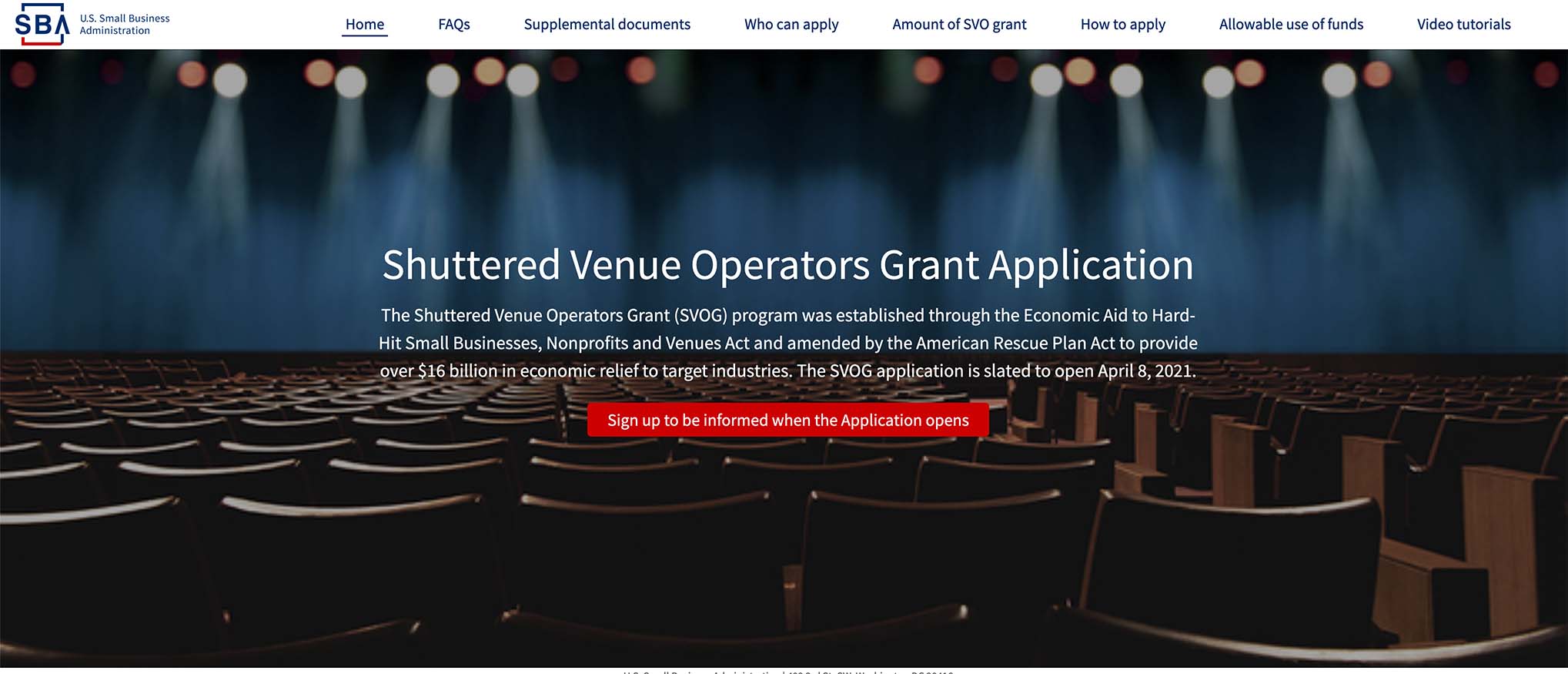An appreciative nod to Artsjournal which posted a piece by Shelly Palmer on how the use of non-fungible tokens (NFT) can enhance event ticketing security, improve the resale market, and potentially provide expanded marketing opportunities. You may be familiar with the use of NFTs as the basis of cryptocurrencies and as a result be under the impression they are something that is mined using energy intensive high powered computing. However, if you are only concerned with creating one that is unique, but not super rare, the cost and energy required to mint, rather than mine, an NFT is low and continues to fall.
Palmer outlines some of the ways in which NFTs can be employed to make event ticketing safer and more secure.
If your ownership of an NFT has been validated, a quick matching of public and private keys (using something as common as a barcode reader) would instantly verify that the person with the NFT in their digital wallet was the authentic owner of the ticket….
If someone sells their NFT ticket, that transaction can trigger royalty payments to the issuer as well as any other stakeholder – artists, sports leagues, athletes, sponsors, promoters, a charity, or literally anyone with a digital wallet. These business rules can be hard-coded into each NFT, and like all smart contracts, when a transaction occurs and the conditions are met, funds automatically change hands….
Bots, scalpers, bad actors, criminals, and 2nd-party sales on eBay or other auction sites are common. NFT tickets offer an easy way to gather actionable business intelligence about how and where your tickets are being sold and resold. You can find the exact moment of the transaction, the exact address of the digital wallets in use, the amount of the transaction, and much, much more.
Palmer goes on to discuss how NFTs can provide expanded opportunities to learn more about attendees and market to them. For example, if someone buys tickets for themselves and friends and family, you don’t know who those other people are. However, if everyone must provide a verified NFT upon entry, the digital ticket will need to be transferred to them which potentially allows any profile information associated with each person’s digital wallet to be collected. That information would conceivably allow you to promote similar events to them due to knowing they had been in attendance. Likewise, if you had some sort of loyalty program, they could be credited as having participated where they couldn’t have been before.
Also, just imagine how things would change if the artist and presenting venue were automatically getting a cut every time a ticket was resold for over face value. The way Palmer describes it, you may even be able to limit the amount at which a ticket can be resold. Though I can already envision a couple ways sellers could circumvent that.
As a more immediate and practical example – about two weeks ago we had a rental which had been postponed from Spring 2020 due to Covid. When it had gone on sale prior to the shutdown, it sold out very quickly. Based on some conversations the ticket office had, we know tickets ended up being resold and transferred. However, because we only had the contact information for the original purchaser, we were unable to communicate the rescheduled dates to those who currently held the tickets. As a result, we had about 200 unoccupied seats. Had we known who held the tickets now, we could have directed reminder communications to them instead.
Palmer says most major ticketing providers are already working on offering a NFT based ticketing service. It will be interesting to see what opportunities unfold as people recognize how to technology can be employed. Given that competing standards will likely be appear before one emerges as the dominant format, I would caution arts organizations from signing up too early.
I also wouldn’t assume some of the dominant parties like Ticketmaster will end up running the table. Many of the big players are not focused on providing good customer relationship management tools. I suspect whomever can deliver a product that facilitates more authentic and accurate interactions with customers with ease and low expense will do well.





I've been to a few of the Science on Tap events, though I never gave a talk at one of…